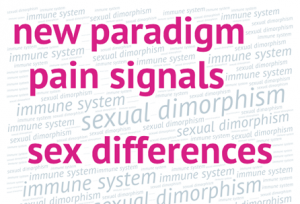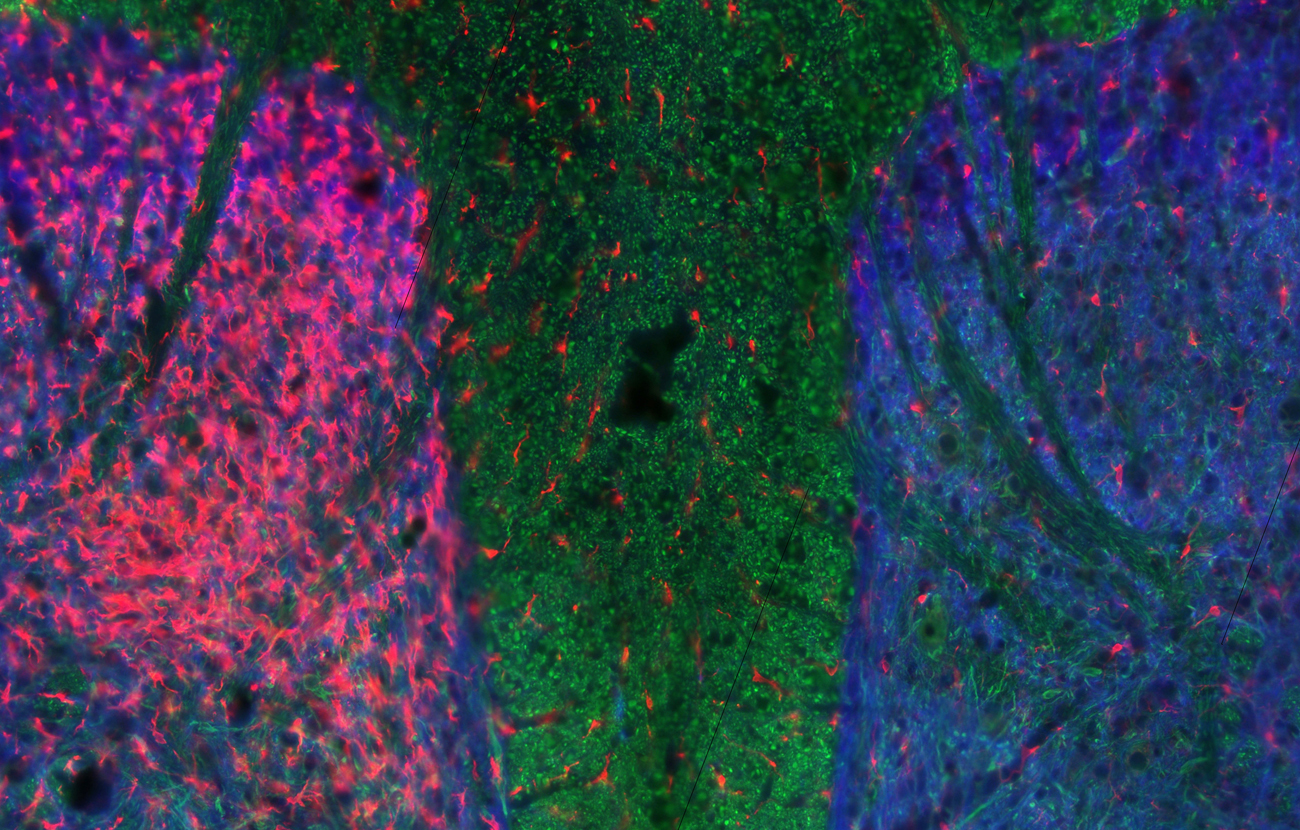Our research focus
The main goals of our research program are to elucidate fundamental principles and mechanisms that govern neuronal signalling networks which are critical for normal brain functioning including memory and learning. Understanding these pathways is essential to reveal how dysfunction manifests in neurological diseases, and to use the discoveries for rational development of novel therapeutic agents. The foundation of our work has arisen through meticulous neurophysiological, neuroanatomical, neuropharmacological and behavioural studies of central and peripheral nervous system. Our approach and discoveries aim to bring forward new approaches to restoring physiological signalling, such as in chronic pain and schizophrenia, that distort the human condition.
 One main area of focus is on transmission, plasticity and signalling at glutamatergic synapses where we are studying biochemical processes that regulate the function and localization of the NMDA receptor subtype of glutamate receptor. We have identified several physiological regulatory mechanisms and are examining the potential role of alterations in these regulatory processes in disorders ranging from chronic pain, to epilepsy and to schizophrenia. We are now using neurons derived from induced pluripotent stem (iPS) cells to study glutamatergic signalling in cells from normal humans and those with neurodevelopmental disorders.
One main area of focus is on transmission, plasticity and signalling at glutamatergic synapses where we are studying biochemical processes that regulate the function and localization of the NMDA receptor subtype of glutamate receptor. We have identified several physiological regulatory mechanisms and are examining the potential role of alterations in these regulatory processes in disorders ranging from chronic pain, to epilepsy and to schizophrenia. We are now using neurons derived from induced pluripotent stem (iPS) cells to study glutamatergic signalling in cells from normal humans and those with neurodevelopmental disorders.
 A second area of focus is on microglia-neuron signalling, which stems from our discoveries of the role of this signalling in persistent pain hypersensitivity. We are identifying the mechanisms by which microglia cause neuronal hyperexcitability with the goal of counteracting these mechanisms in order to devise strategies for new types of pain relieving medications.
A second area of focus is on microglia-neuron signalling, which stems from our discoveries of the role of this signalling in persistent pain hypersensitivity. We are identifying the mechanisms by which microglia cause neuronal hyperexcitability with the goal of counteracting these mechanisms in order to devise strategies for new types of pain relieving medications.
 A third area of research is on the role of sex differences in microglia and the interacting immune system in chronic pain. This work stems from our discovery that a sexual dimorphism exists between male and female mice in how they process pain information to the brain because underlying cell types responsible for pain signals are different between the sexes. Our discovery represents a new paradigm for understanding the fundamental biology of chronic pain.
A third area of research is on the role of sex differences in microglia and the interacting immune system in chronic pain. This work stems from our discovery that a sexual dimorphism exists between male and female mice in how they process pain information to the brain because underlying cell types responsible for pain signals are different between the sexes. Our discovery represents a new paradigm for understanding the fundamental biology of chronic pain.

